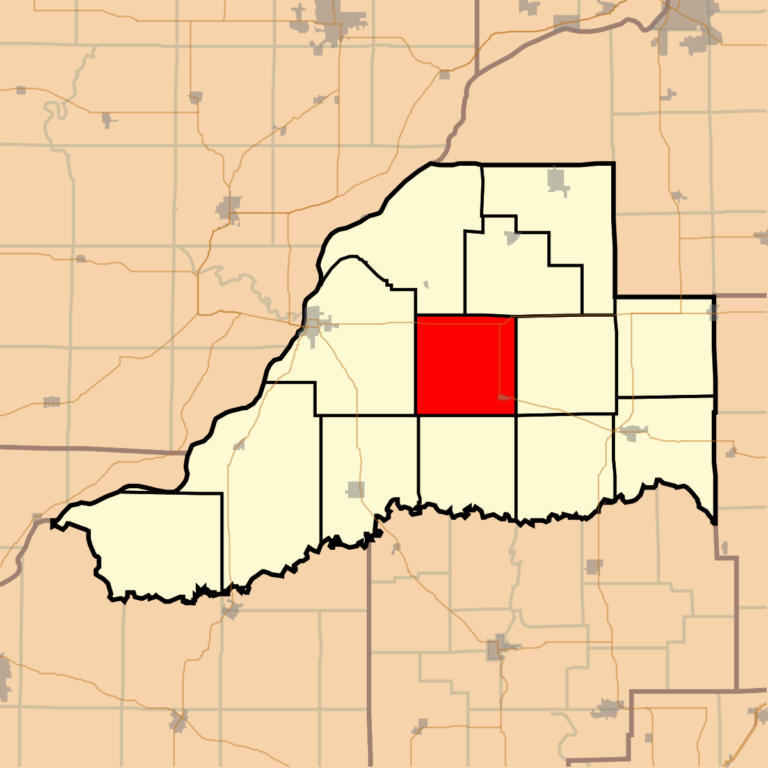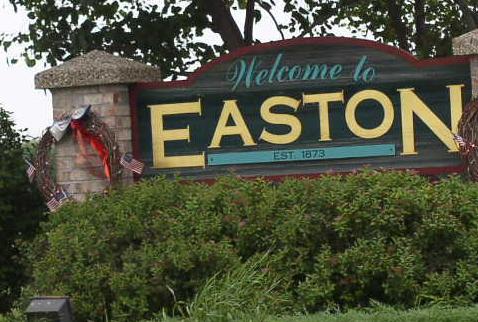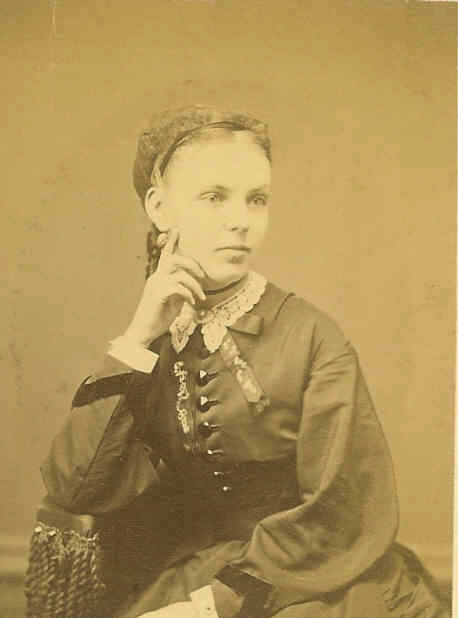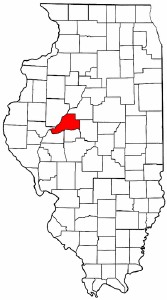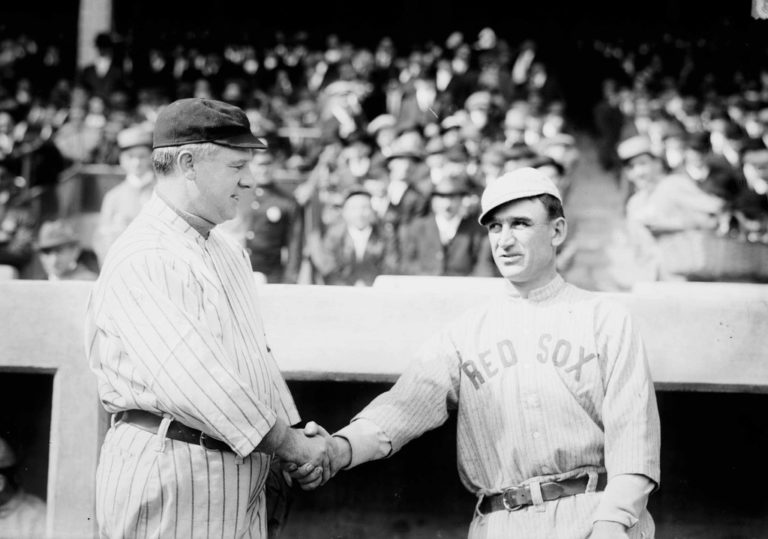Early History of Mason County- Biographical Sketches from Sherman Township
We continue and finish up our look at the history of Sherman Township in Illinois. I hope you have enjoyed this and continue to follow along for the next several months and I bring every township and village to you in Mason County, SHERMAN TOWNSHIP BIOGRAPHICAL SKETCHES JOHN G. CONOVER, farmer; P. 0….

